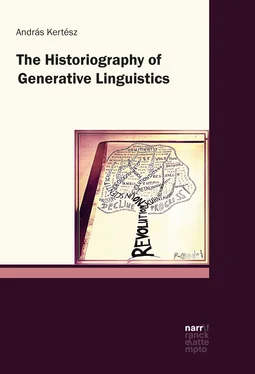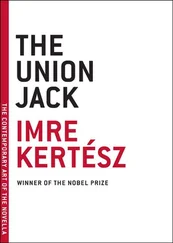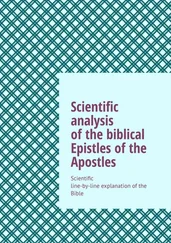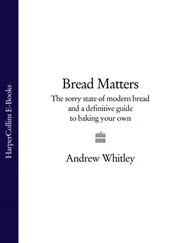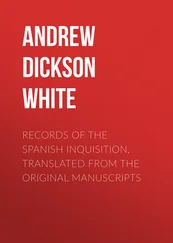AllanAllan, Keith (2003: 547) also assumes that neo-Bloomfieldianneo-BloomfieldianBloomfieldian linguists resisted ChomskyChomsky, Noam’s early views, and this resistance is one of the indications of KuhnianKuhnian revolutionrevolutionKuhnians.3 In this respect, Allan maintains the opposite of NewmeyerNewmeyer, Frederick J.’s (1986a), HarrisHarris, Randy Allen’ (1993a) and MurrayMurray, Stephen O.’s (1994) claim, according to which the young Chomsky was supported by the most prominent personalities of American linguistics (see Sections 2.1.1.2.2, 2.1.2.6.1, 2.1.2.6.2)
With respect to (T2)(b), AllanAllan, Keith (2003: 558) emphasizes that although ChomskyChomsky, Noam’s early work rests on a hypothetico-deductivedeductive basis, it cannot dispense with inductiveinductive datadata gathering. On the one hand, Chomsky and his followers assume that since languagelanguage universals are assumed to be biologicallybiology given, and are thus represented in the mind of all humans whatever their particular mother tongue is, it is sufficient to investigate one language in order to reveal these universals. On the other hand, »even this project requires an adequate data base from the one language that is the object of analysis; and that data base presupposes inductive investigation« (Allan 2003: 558). So, Allan concludes:
Linguistic theorizing needs both macro-paradigmsparadigm of linguistics in order to achieve its proper end. The bottom-up datadata-gathering and preliminary classification from phenomenological inductivisminductive, and the top-down hypothesis construction from hypothetico-deductivismdeductive cannot be related in neat temporal sequence: experience tells us that the linguistic researcher must expect to go to and fro between them, reviewing the data to intuit hypotheses, and then checking the hypotheses against the data using the evaluative procedures […] We are into a chicken and egg argument if we try to rigidly determine which is prior. The significant lesson is that the two paradigms are complementary, and both are essential to the advancement of linguistic science. They are as tightly integrated as the double helix of DNA (AllanAllan, Keith 2003: 558; see also Allan 2007: 294–296).
In sum, AllanAllan, Keith’s solution to (P) is:
| (SP2) |
The basic terms of the historiographyhistoriography of generative linguistics with respect to Syntactic Structures Syntactic Structures are ›scientificscientific revolution‹revolutionscientificevolutionscientific, ›paradigm‹paradigm, ›inductivism‹inductive and ›hypothetico-deductivism‹deductive, its central thesis is (T2) and its framework is KuhnKuhn, Thomas S. (1970) [1962]. |
2.1.1.2 Other kinds of revolution
2.1.1.2.1 Intellectual revolution
Ten HackenHacken, Pius (2007) introduces a new definition of ›research programresearchprogram‹ and ›revolution‹. His claim is:
| (T3) |
Syntactic Structures Syntactic Structures triggered an ›intellectual revolution‹revolutionintellectual because it led to a new ›research program‹researchprogram. |
Ten HackenHacken, Pius’s starting point is the ›empirical cyclecyclic‹, which represents scientificscientific inquiry as a cyclical procedure. In this procedure, observations lead to empirical laws which, in turn, are the basis of a theorytheory; from the theory further laws are then predicted which feed back to guide the observations. However, as the author shows, the empirical cycle raises a series of problems which different approaches to the historyhistory and philosophy of sciencephilosophy of science have tried to solve. Among these, the most promising one is KuhnKuhn, Thomas S. (1970) [1962]. Although ten Hacken admits that Kuhn’s paradigmsparadigm have both socialsocial and intellectual aspects, he suggests we replace ›paradigm‹ by ›research programresearchprogram‹, which focuses on the intellectual aspects and disregards the social ones: »A research programme is the set of assumptions, tacit or explicit, which make research along the lines of the empirical cycle possible« (ten Hacken 2007: 18). The author emphasizes that this term is different from LakatosLakatos, Imre’ (1970b) term ›scientific research program‹. He does not intend to develop a general approach to the philosophy of science and restricts the scope of the term ›research program‹ to generative linguistics.
There are consequences here for the methodological foundation on which his analyses are built, because research programresearchprograms in this sense include several empirical cycles. Since theories are – as mentioned above – elements of empirical cycles, this means that a research program may include more than one theorytheory. Within a research program, theories can be compared, because they share the standards that are valid for the whole research program. They are diachronically ordered or, from a synchronic point of view, tackle different issues. Therefore, the term ›research program‹ seems to provide a framework for capturing the unity and the diversity of generative linguistics, both diachronically and synchronically.
Ten HackenHacken, Pius introduces the term ›progressprogress in a research programresearchprogram‹ as well: a theorytheory T2 represents progress with respect to a theory T1 if the former covers more datadata and offers a deeper explanation of the data than the latter (ten Hacken 2007: 23).
Another crucial suggestion is a new definition of ›scientificscientific revolutionrevolutionscientific‹: »A revolution is a change of research programresearchprogramme« (ten HackenHacken, Pius 2007: 25). Since in this definition the definiens includes the term ›research program‹ in the above sense, ›scientific revolution‹ focuses on the intellectual aspects of scientific inquiry by eliminating the socialsocial ones from KuhnKuhn, Thomas S.’s original idea.
The result of ten HackenHacken, Pius’s analysis, which the application of his methodological framework yields, can be summarized in the form of two theses. The first is the author’s solution to the problem of the extent to which it is justified to assume the unity of Chomskyan linguistics from a historical point of view. In particular, in the literature its unity has been questioned because radical differences have been assumed between the Standard Theory, Government-BindingGovernment and Binding, Theory of Theory, and the Minimalist ProgramMinimalist Program. The author solves the problem by arguing that although these are different theories and there were important changes in their theoretical framework, they belong to the same research programresearchprogram and are not divided by revolutionaryrevolutionary breaks (ten Hacken 2007: 123). On the one hand, »[…] there can be no doubt […] that the research programme of Chomskyan linguistics was fully in place in 1960 at the latest« (ten Hacken 2007: 104) and that »[…] its development takes the form of a gradual specification rather than a substitution of older assumptions by new ones« (ten Hacken 2007: 40). For instance, ten Hacken quotes passages from ChomskyChomsky, Noam’s early writings which show that the native speaker’s competence has been one of Chomsky’s key issues from the late 1950s on.1 On the other hand, he does not see a dividing line between Government and Binding Theory and the Minimalist Program: »The entire model adopted in GB-theorytheory […] is still valid in the MP« (ten Hacken 2007: 121). The Minimalist Program addresses two additional topics which indicate that it differs from Government and Binding Theory, but which do not turn it into a new research program: the evolutionevolution of the languagelanguage faculty and its realization in the brain. Thus, the unity of Chomskyan linguistics is explained by the claim that right from the very beginning it has been a coherent research program, whereas its diversity is attributed to the fact that this research program consists of a chronologically ordered series of theories.2 So, the emphasis is on the coherence of the research program and the inconsistencies between Chomsky’s views are not touched on.
Читать дальше
